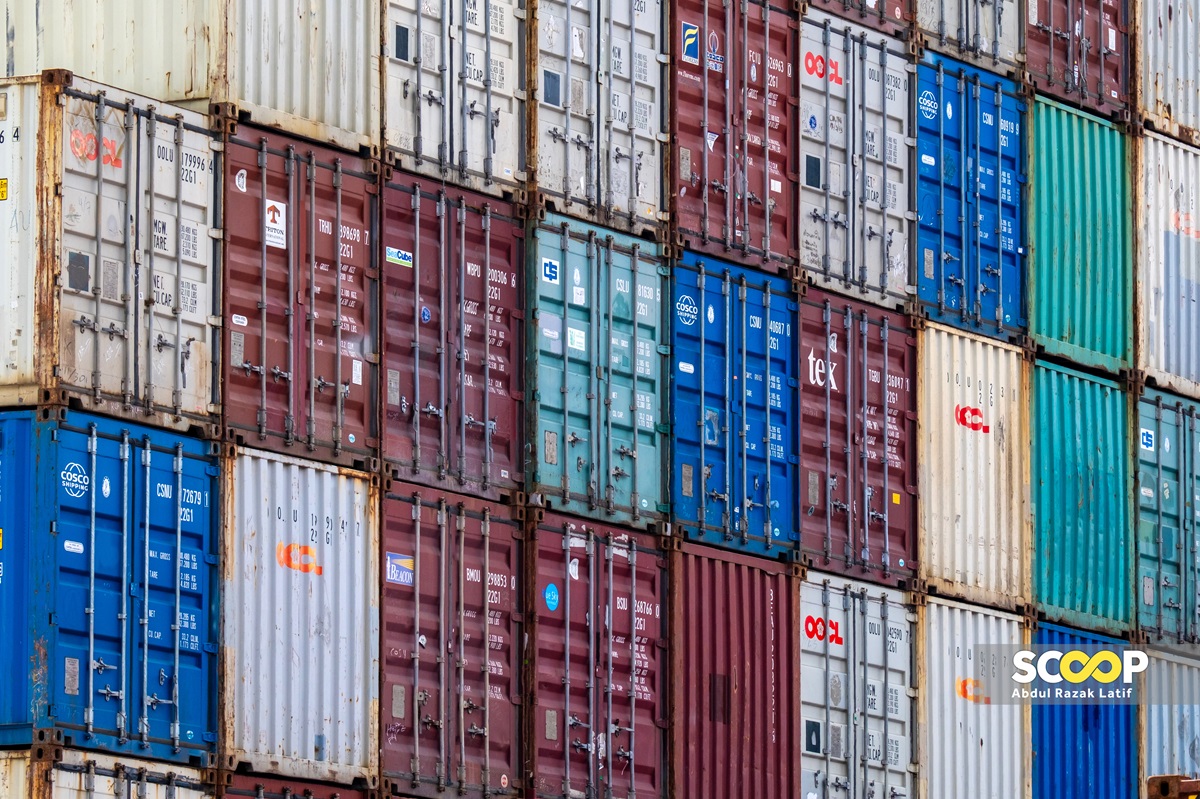KUALA LUMPUR – Although the “Liberation Day” tariff push imposed by US President Donald Trump’s administration against several countries – including Malaysia – would significantly affect global trade growth, we would not respond by imposing a retaliatory tariff against the US.
According to the International Trade and Industry Ministry (Miti), the domestic demand, which is the country’s main driver of growth, remains robust.
Malaysia faces a challenge from a position of strength and preparedness as the fundamentals of the country’s economy remain robust, the ministry said in a statement today.
“In the immediate future, while the external environment may be challenging, our diversified markets and products, along with strong demand for our produce, will provide us with some buffers,” said Miti.
Miti also said that it views these tariffs seriously and is actively engaging with US authorities to seek remedies that would uphold the spirit of free and fair trade.
“In upholding such spirit, Malaysia is not considering retaliatory tariffs,” added the ministry.
The US has imposed a 24% import tariff on Malaysian goods as part of a sweeping set of trade measures announced by Trump, marking a significant escalation in global trade tensions.
In an announcement today, Trump unveiled a blanket 10% tariff on imports from all trading partners, with significantly higher duties for certain nations. Malaysia joins a list of countries facing elevated tariffs, including China (34%), the European Union (20%), Vietnam (46%), Sri Lanka (44%), Cambodia (49%), Laos (48%), and Myanmar (44%).
In order to mitigate tariff impact, Miti said that the country is expanding its export markets by prioritising high-growth regions and leveraging existing free trade agreements (FTAs), which include the Comprehensive and Progressive Agreement for Trans-Pacific Partnership (CPTPP), and the Regional Comprehensive Economic Partnership (RCEP).
Malaysia will also foster new partnerships within Asean and enhance its supply chain resilience by accelerating the implementation of key industrial policies like the New Industrial Master Plan 2030 (NIMP 2030) and the National Energy Transition Roadmap (NETR).
“The government is engaging with the affected industries while exploring support programmes to help businesses adapt. Miti remains committed to open dialogue and collaboration to resolve trade disputes and promote mutual prosperity,” added the ministry.
Miti added that the National Geoeconomic Command Centre (NGCC), which was recently approved by cabinet, will evaluate the impact of this tariff announcement and will consider a comprehensive and multipronged strategy to mitigate the effects of these tariffs on Malaysia’s economy and industries.
It would be chaired by the prime minister with Miti as the secretariat, featuring high-level representatives from key ministries and agencies, with a key focus in ensuring that the country’s economy remains competitive.
Utilising international framework
The ministry also said that the country will utilise the Trade and Investment Framework Agreement to seek reciprocal trade gains and pursue a Technology Safeguards Agreement with the US to facilitate high-tech cooperation in semiconductors, aerospace, and digital economy sectors.
Malaysia ranks 15th on the US list with a trade surplus of US$24.8 billion in 2024. Malaysia also exported US$16.2 billion worth of chips to the US in 2024, accounting for nearly 20% of all US semiconductor imports, according to Reuters, which cited US trade data.
“It must be highlighted that the trade deficit with the US is also due to many US firms that have been operating in Malaysia for decades, on account of Malaysia’s well-established industrial ecosystem, especially in the E&E sector,” said Miti.
Bilateral trade between Malaysia and the US reached RM324.9 billion in 2024, with the US being Malaysia’s third-largest trading partner. Total goods trade between the two nations amounted to US$80.2 billion in 2024, with US exports to Malaysia rising by 43.5% to $27.7 billion, while Malaysian exports to the US increased by 13.7% to US$52.5 billion. – April 3, 2025

